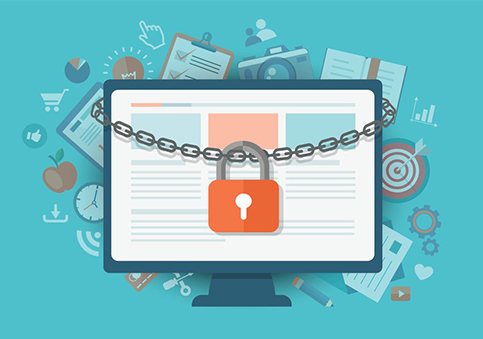What Is Zero-Day Exploit?
Updated on October 11, 2022, by Xcitium

History Of Zero-Day Exploit
The history roots back to mid-1970’s when Moris worm was considered to be the most dangerous vulnerability to infect any business network. However, the code which was initially developed to measure and check the Web traffic was flawed and therefore infected around 10% of the Unix-based systems connected to the Internet. This gave way to the birth of zero-day attacks which is deployed by hackers to identify security flaws in any software and to effectively exploit it. From then, hackers have taken zero-day attacks to the next level and the number of exploits shot up high in 2014, found concluding that about 15435 exploits were infecting 3870 software from 500 software vendors.
Cybercriminals have created sophisticated mechanisms to merchandise such zero-day exploits in order to benefit the underworld participants and gain access to valuable data from organizations, ethical hackers and sometimes from government intelligence agencies.
How To Identify Zero-Day Vulnerabilities?
It is quite challenging to identify zero-day attacks, most commonly, with the old school traditional methods where the IT experts set up security measures through URL reputation and malware signatures. Nevertheless, security experts do not own a specific definition malware signature or a URL reputation and its always unknown. Cyber thieves are nerds embracing skills to create new and sophisticated malware that can be concealed from the users’ eyes and it stays inside the victim’s system causing damage to the system and they use it as a bait to extract sensitive information.
Understanding the complexity of zero-day attacks, protection mechanism based on the system’s operating system level becomes inefficient, while zero-day attacks work smarter to surpass the organization’s defensive mechanisms.
Recent Examples Of Zero-Day Attacks
Windows: A security expert from Google identified a zero-day attack in the recent support releases of Windows OS. He also admits that the software code was flawed for the past 20 years.
Java: There has been a release on the recent patch security fix to address the vulnerability issue on Java platform of Windows and Mac devices and are considered vulnerable to such zero-day risks.
Acrobat Reader: There was also a zero-day exploit that managed to get into the sandboxed platform of the Acrobat reader 10 and 11 in the recent past. Hence it is evident that zero-day exploits manage to spy around virtually.
Zero-Day Exploit Protection
Hackers are always roll trying to identify and exploit the vulnerability of the user’s software to sneak into the system and impose an attack and to steal data.
Best Tips For Protection Against Zero-Day Attacks
- Software vendors release security patch fixes, it is recommended for the user to update the security patches when they are released.
- Deploy a Web Application Firewall (WAF) to ensure website security. The WAF entitles the user to detect malware attacks against any websites.
- Install a feature rich Internet Security Suite that incorporates sandboxing techniques, default deny protection, antivirus along with other novel security approaches.
Xcitium Endpoint Protection For Zero Day Attack Prevention
Xcitium Advanced Endpoint Protection offers an avant-garde solution and requires users to secure endpoints from the most threatening zero-day attacks. It features artificial intelligence through a robust mechanism called containment technology to move the malware to a sandboxed environment preventing it to take control of the system. The malware or the suspicious file is run in the sandboxed virtual environment and analyzed; then sent to the verdict system called Valkyrie to get a verdict of the unknown files. All this is done while the system’s original content and the other normal operations are not infected. There is no better way to prevent and stay ahead of the most threatening zero-day attacks.
See Also:











